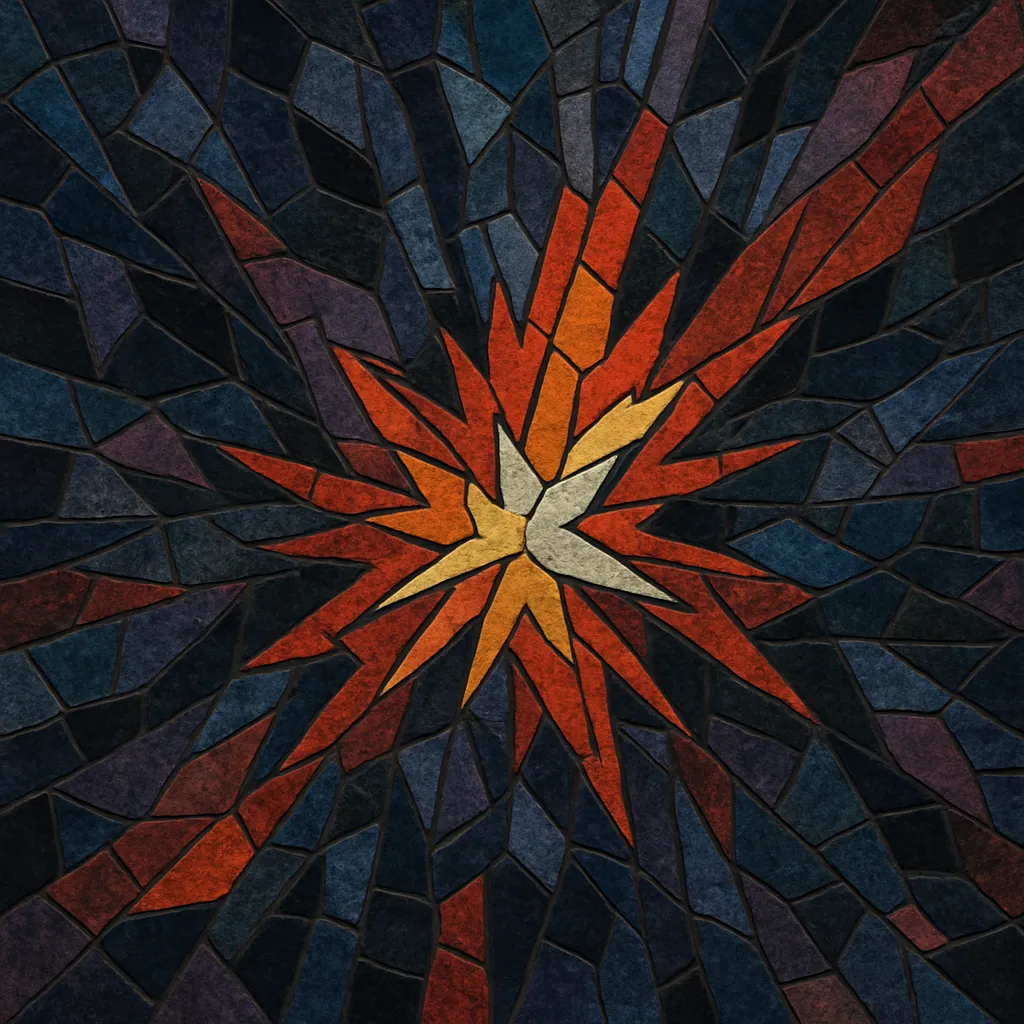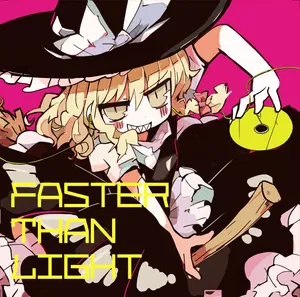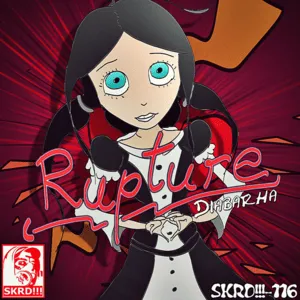Extratone is an extreme offshoot of speedcore in which the kick drum is driven so fast (often 600–3,000+ BPM) that successive hits fuse into a continuous tone. Producers shape the kick itself into a pitched oscillator and then "play" melodies and riffs with it.
The result is a hyper‑compressed, relentlessly intense wall of sound that blurs rhythm and pitch. Tracks frequently alternate between tonal extratone passages and brief breakdowns, noise bursts, or experimental interludes, emphasizing shock value, sound design virtuosity, and endurance.
Extratone emerged from European speedcore and splittercore scenes in the early 2000s. As producers pushed BPM ceilings beyond what conventional kick patterns could articulate, they discovered that overdriven, ultra‑short kicks at extreme tempos merged into continuous tones. Netlabels, trackers, and online forums incubated the first experiments, with DIY culture and file‑sharing spreading the technique.
By the late 2000s, artists began to treat the kick as a synthesizer voice—pitching, sliding, and gating it to create melodic lines. This reframing aligned extratone with ideas from flashcore and noise, emphasizing timbre, density, and shock aesthetics over traditional groove. The style remained underground but cultivated a dedicated following within speedcore circles and niche festivals.
In the 2010s, Japanese doujin and J‑core circles (and rhythm‑game communities) popularized extratone techniques in high‑energy tracks and event compilations. YouTube, SoundCloud, and Bandcamp further amplified its reach. Today, extratone persists as a micro‑scene and a technique—appearing in psystyle and hybrid speedcore works—while remaining a benchmark for extremity in electronic music.








